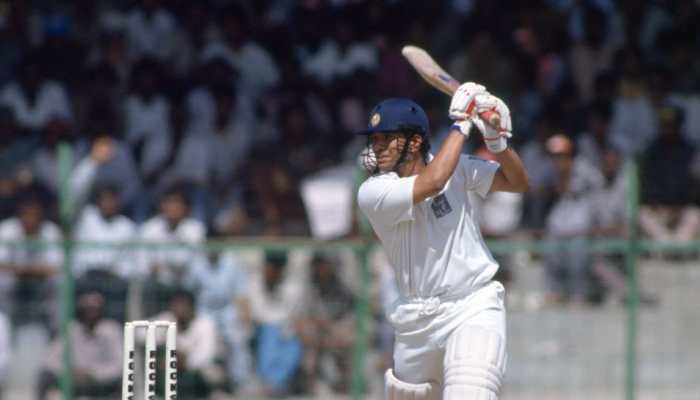Sone ki Chidiya: The Bangali Seth, Who Had A Net Worth Of Rs 1.60 Lakh Crore, Was The Richest Indian During The British Empire
Richest Indian Family: At one point, Jagat Seth's family was the wealthiest in the world. The British economy in the 1720s, according to some sources, was not as prosperous as the Jagat Seth family's wealth. Their holdings and possessions are estimated to weigh roughly 10,000,000 pounds, according to sources. It will be close to 1000 billion pounds (1.60 Lakh Crore) overall if calculated in terms of today.
- Murshid Quli Khan, the first Nawab of Bengal, and Manikchand Sahu, Hiranand's son, became close friends.
- At this point in pre-independence India, the Sahus, or Seths, had offices in almost all significant cities.
- Their offices were eerily similar to those of a contemporary bank.
Trending Photos
)
World's Richest Man Of 17th Century: Indian history becomes increasingly fascinating and fantastic as we learn more about it. India, a developing nation today, used to be among the richest nations in the world in terms of both economic and cultural resources. India was called "Sone ki Chidiya," which translates to "Golden Bird," for a reason, since the country had a pretty robust money market and credit instruments at the time the East India Company first arrived. Bankers and merchants began to play a crucial role in the nation's tax system when Aurangzeb's government came to an end. The fact that India had a banker and a trader in the 17th century, like Seth Fateh Chand of Bengal, is truly something to be proud of. 300 years ago, he was given the name Jagat Seth.
Fateh Chand To Jagat Seth
Muhammad Shah, the Mughal emperor, renamed Seth Fateh Chand to Jagat Seth in 1723. The entire family of Fateh Chand was henceforth referred to as the Jagat Seth Family. The founder of the family is supposedly Seth Manikchand. It is said that Girdhar Singh Gehlot, a Gehlot Rajput, converted to Jainism in 1495 AD, making Jagat Seth Mahtab Rai's ancestors Marwar residents. The Hiranand Sahu family relocated to Patna in 1652 AD from Marwar.
Jagat Seth: Banker Of The World
In Bengal during the first half of the 18th century, Jagat Seth, a colossally wealthy banker, was referred to as the "Banker of the World." It's interesting to note that he was the first person in India in the 17th century to lend money not just to individuals but also to powerful countries like Britain, and he even possessed a sizeable sum of money that was more than the bank of Britain. His holdings and possessions are estimated to weigh roughly 10,000,000 pounds, according to sources. It will be close to 1000 billion pounds (1.60 Lakh Crore) overall if calculated in terms of today. According to contemporary British government documents, the Jagat Seth family's entire assets were reportedly significantly bigger at the time than the combined assets of all English banks. The British economy lagged behind the merchant household's wealth even in the 1720s.
Friendship With Nawab Of Bengal
Murshid Quli Khan, the first Nawab of Bengal, and Manikchand Sahu, Hiranand's son, became close friends. At this point in pre-independence India, the Sahus, or Seths, had offices in almost all significant cities. Their offices were eerily similar to those of a contemporary bank. Even their internal communications included messengers and other tools for boosting trade between cities. The Sahus were soon being used to move money between locations by the Nawab and the British. They also made a lot of money by aiding the British, French, and Portuguese colonial powers in their wars against smaller kingdoms in certain regions of India.
The kingdom of Jagat Seth began to fall apart after the deaths of Madhab Rai and Maharaj Swaroop Chand, as they lost control over most of the area they held. In addition, the British East India Company never returned the money that it borrowed from them. The Jagat Seths, or Sahu Family, vanished by the 1900s, and no one is aware of their descendants.
Stay informed on all the latest news, real-time breaking news updates, and follow all the important headlines in india news and world News on Zee News.
Live Tv







)
)
)
)
)
)
)
)
)
)
